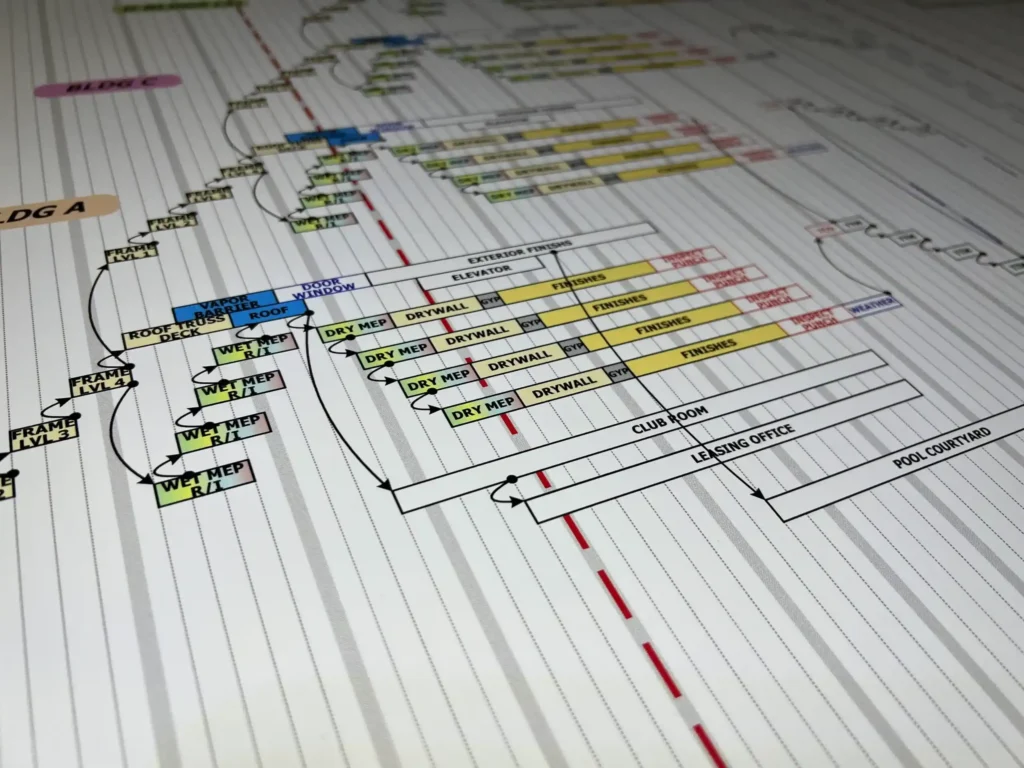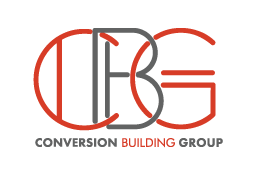Why It Matters for Project Success
In construction, timing is everything. A well-structured schedule does more than track deadlines; it also keeps teams aligned, resources optimized, and budgets under control. That is why strategic scheduling in construction plays a vital role. It transforms project management from reactive problem-solving into proactive planning.

What Is Strategic Scheduling?
Strategic scheduling is the process of planning and sequencing construction activities in a way that maximizes efficiency while minimizing risks. Unlike simple timelines, it considers dependencies, potential delays, and critical paths. Therefore, teams can anticipate challenges before they disrupt progress and adjust accordingly.
Why Strategic Scheduling Matters
- Improved Resource Allocation
With a detailed schedule, contractors can assign labor, equipment, and materials more effectively. As a result, downtime decreases, and bottlenecks are avoided. - Risk Reduction
Delays often increase costs. However, with strategic scheduling, risks such as weather, supply shortages, or unforeseen site issues are managed in advance. Consequently, projects remain more stable. - Better Communication
A shared schedule ensures that every stakeholder, from architects to subcontractors, understands the project flow. In addition, it builds trust because everyone has access to the same timeline. - Budget Control
Since time directly impacts cost, effective scheduling allows contractors to stay within financial limits. Furthermore, it provides a clear record of how each stage connects to budget outcomes.
Tools and Techniques for Strategic Scheduling
To achieve accurate results, project managers often rely on proven techniques, including:
- Critical Path Method (CPM): Identifies essential tasks that directly impact completion dates.
- Gantt Charts: Provide a clear visual of project phases, which improves collaboration.
- Resource Leveling: Balances workloads to avoid overuse of staff or equipment.
Moreover, modern software such as Primavera P6 and Microsoft Project streamlines scheduling. These tools allow managers to make adjustments in real time, which reduces the risk of project slowdowns.
Real-World Example
Imagine a large commercial construction project. Without strategic scheduling, delays in steel delivery could push back electrical and plumbing work, creating a domino effect. On the other hand, with a proactive schedule, managers can prepare alternatives. For example, interior work can be rescheduled while waiting for material delivery. As a result, project flow continues with minimal disruption.
Conclusion
In today’s competitive construction industry, strategic scheduling is no longer optional; it is essential. By anticipating delays, allocating resources efficiently, and improving communication it ensures that projects finish on time and within budget. Ultimately, companies that embrace this approach gain a strong advantage because they deliver projects smoothly, confidently, and successfully.
Strategic scheduling is the process of creating a structured project timeline that aligns resources, milestones, and tasks to ensure on-time delivery and cost control.
It minimizes delays, enhances communication, optimizes resources, and helps construction projects meet deadlines while staying within budget.
Popular tools include Microsoft Project, Primavera P6, Procore, and Buildertrend, all of which help track timelines, dependencies, and resources efficiently.
